Q6-7: Policies on staff contributions to software projects
Q6/7. What is your institution’s policy regarding staff contributing to open/closed source software projects?
The responses on policies covering staff contribution to software projects largely follow the picture from previous surveys; most of the staff who contribute to both open and closed source software projects do so either in a casual manner, in their own time, assuming personal responsibility, or because the working practice encourages it (without regulating it).
Looking at the past 5 years, there is a notable decrease in the number of institutions with policies or contracts explicitly allowing staff to contribute to open source software (Figure 6a).
Perhaps of more concern is that the number of institutions where contributing to open source is part of working practice appears to have declined slightly rather than increased.
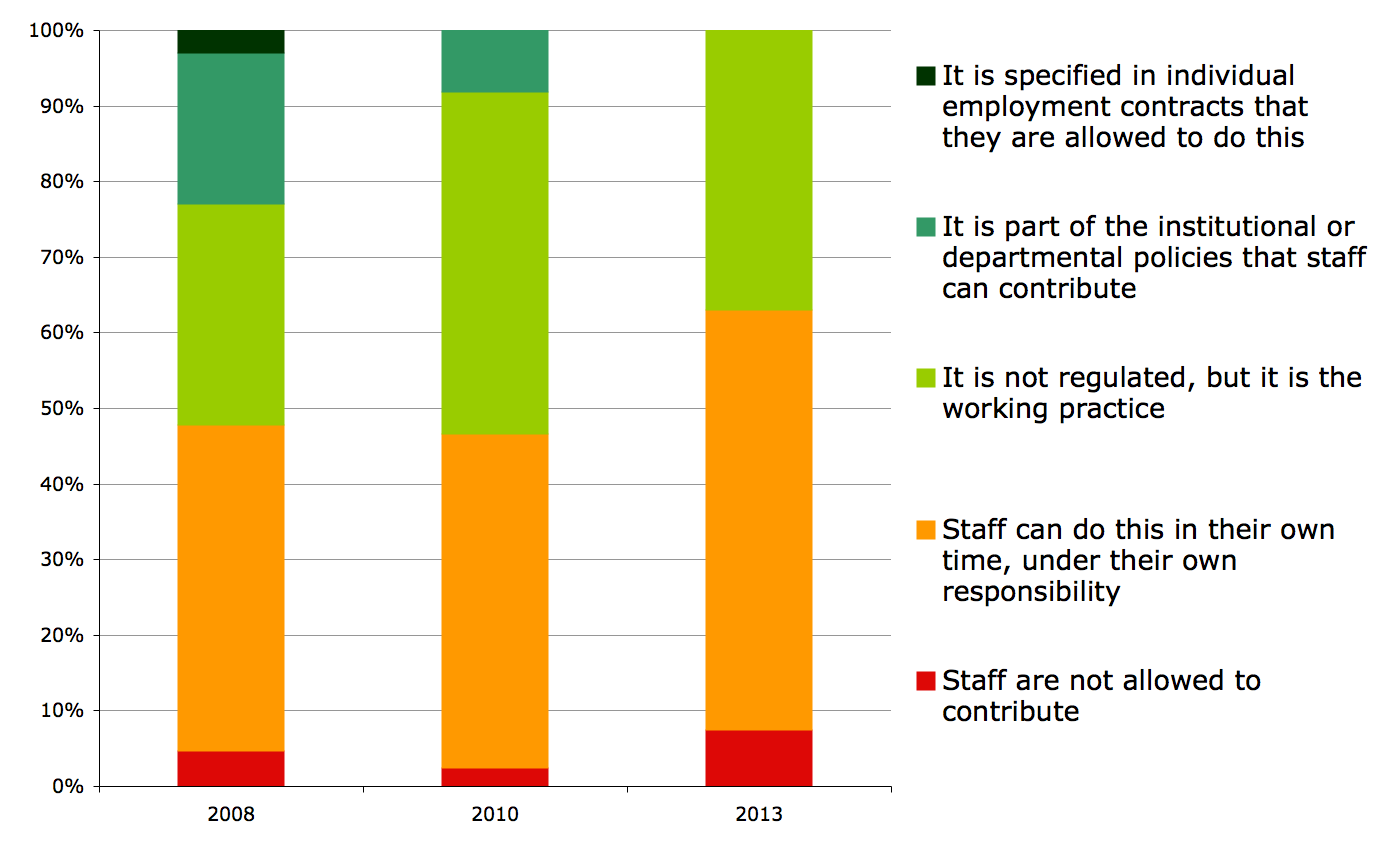
Figure 6a: Policies on staff contributions to open source, 2008-2013
As the patterns for HE and FE were different for procurement policy, one possibility was this was due to differences between the sectors. However, when the same data is broken down by sector (Figure 6b) it can be seen that there has been similar levels of retrenchment in both HE and FE.
In previous surveys the main difference between HE and FE was that contributing to open source is more likely to be part of working practice in HE than in FE. However, in 2013 we find the gap narrowing, with the number of institutions with a working practice of contributing to open source in decline in HE, and a small increase in FE. The proportion of institutions where staff contribute in their own time has also converged between HE and FE (56%).
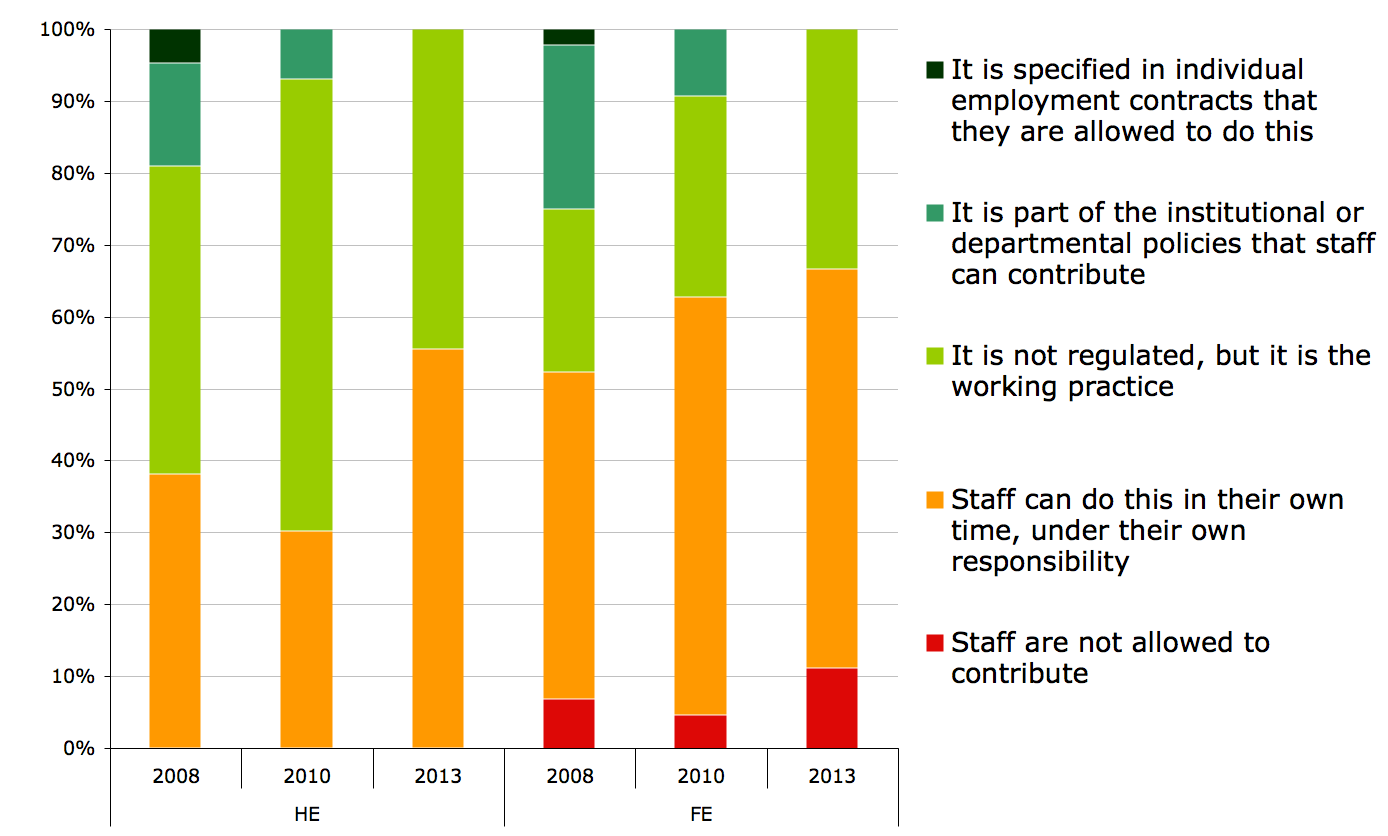
Figure 6b: Policies on staff contributions to open source, 2008-2013
When it comes to comparing open and closed source software, the figures are largely similar, the main difference being a larger proportion of institutions do not allow contributions to closed source software.
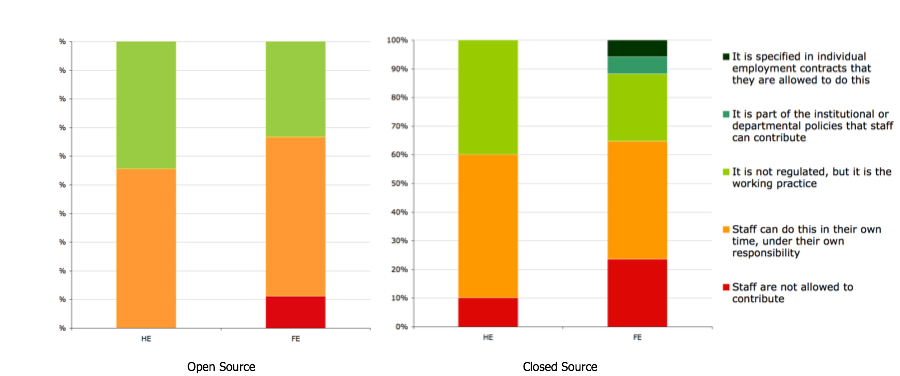
Figure 7: Policies on staff contributions to open source and closed source software, comparing HE and FE
Q8: Staff contributions to software projects in practice
Q8. In practice, how often do ICT staff contribute to software projects? Contributions to software projects include being an active member of a mailing list, submitting patches, writing documentation or code, etc.
We find that in HE there is a marked difference between contributions to open source and closed source software, with staff being far more likely to contribute to open source software. However, in FE there was little difference between frequency of contributions to closed source and open source.
(The 2010 survey found that, while staff in HE were more likely to contribute to software projects, the overall pattern across HE and FE was the same between closed and open source.)
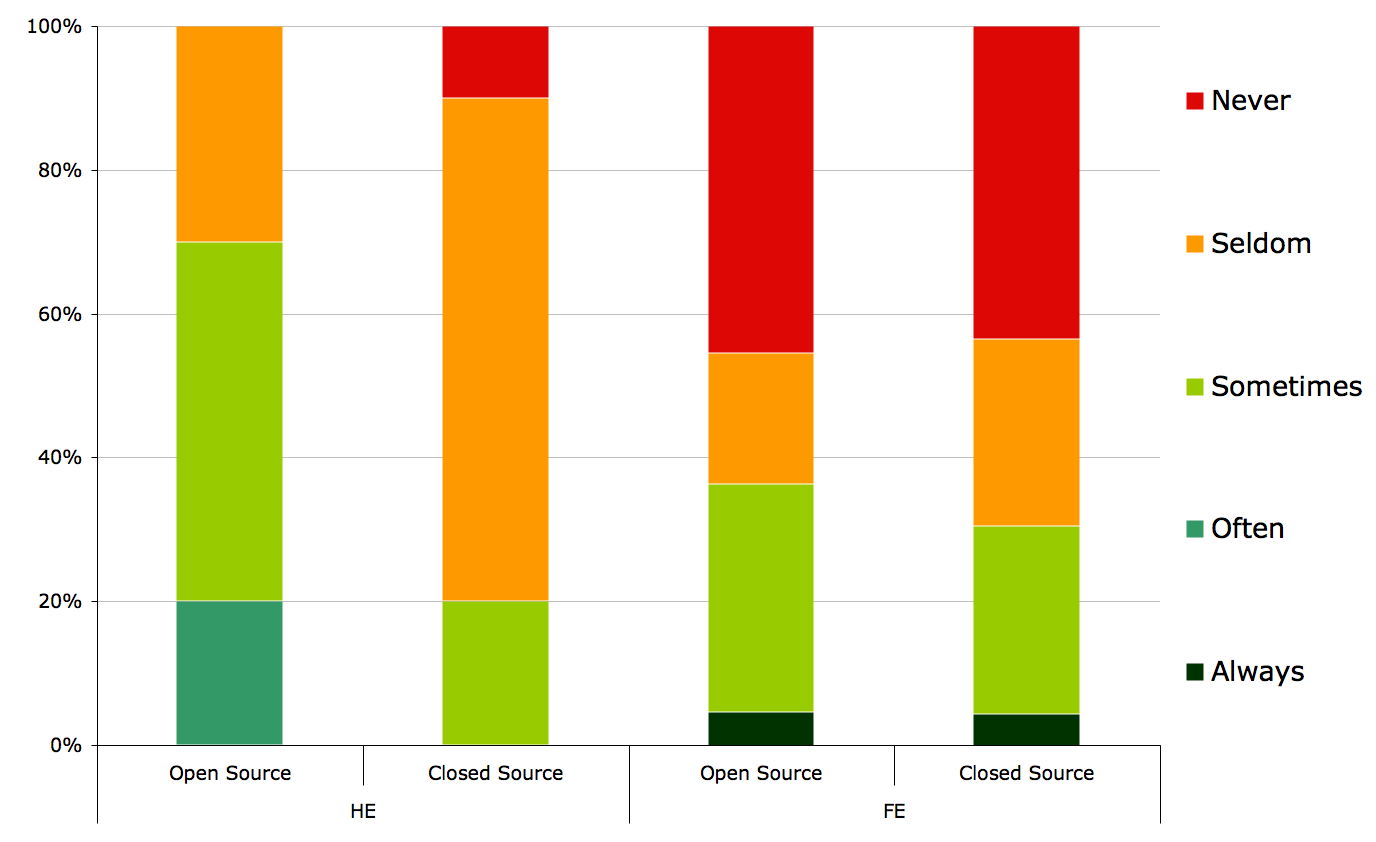
Figure 8a: Staff contributions to open and closed source software, comparing HE and FE
Looking at the past five years, contributions to open source have declined overall, with more respondents in 2013 reporting that staff never contribute to open source software.
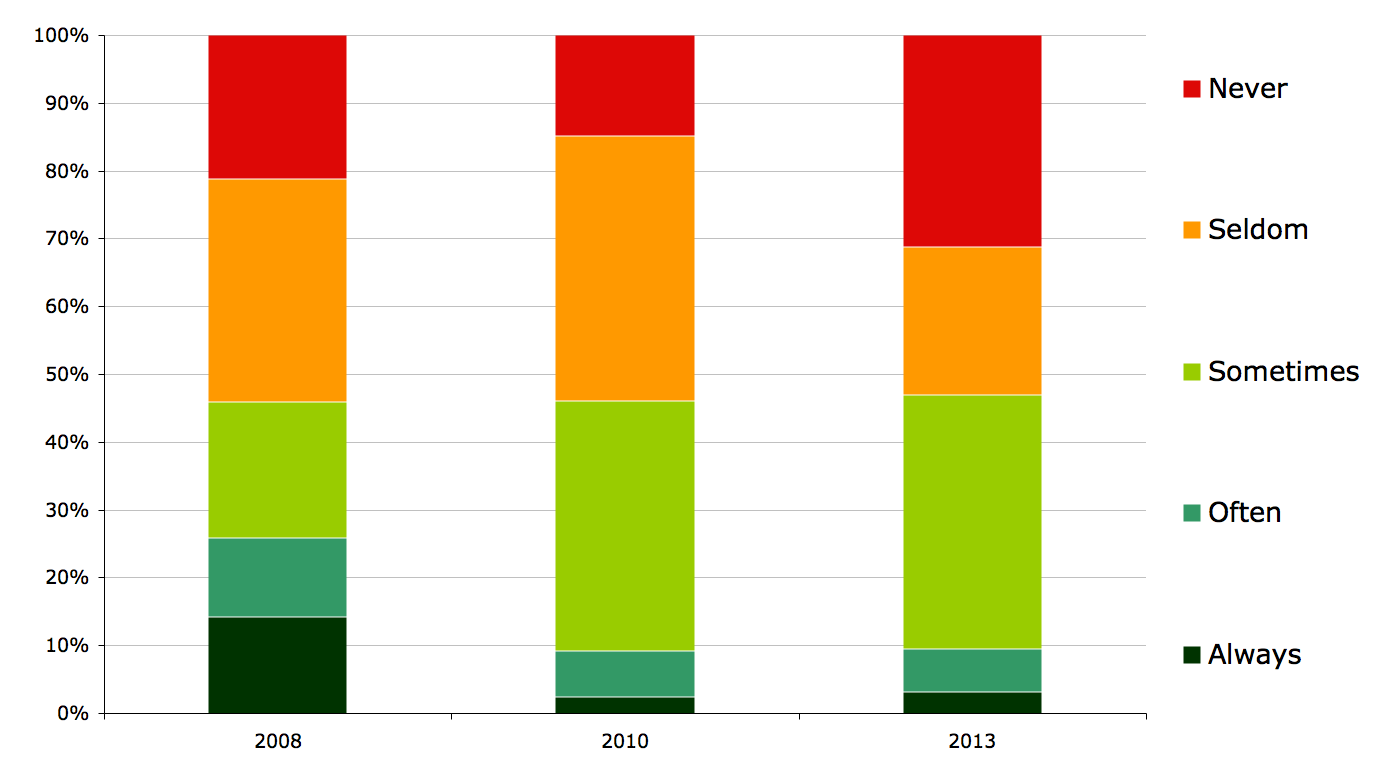
Figure 8b: Staff contributions to open source software, 2008-2013
However this doesn’t tell the whole story. When we look at the trends for HE and FE separately (Figure 8c) then we can clearly see different patterns in HE and FE. In HE institutions, there has been a steady increase in staff contributions overall, whereas in FE there has been a sharp decline in contributions.

Figure 8c: Staff contributions to open source software, 2008-2013, comparing HE and FE
Previous section: ICT policy and procurement practice
Next section: Software running on servers


